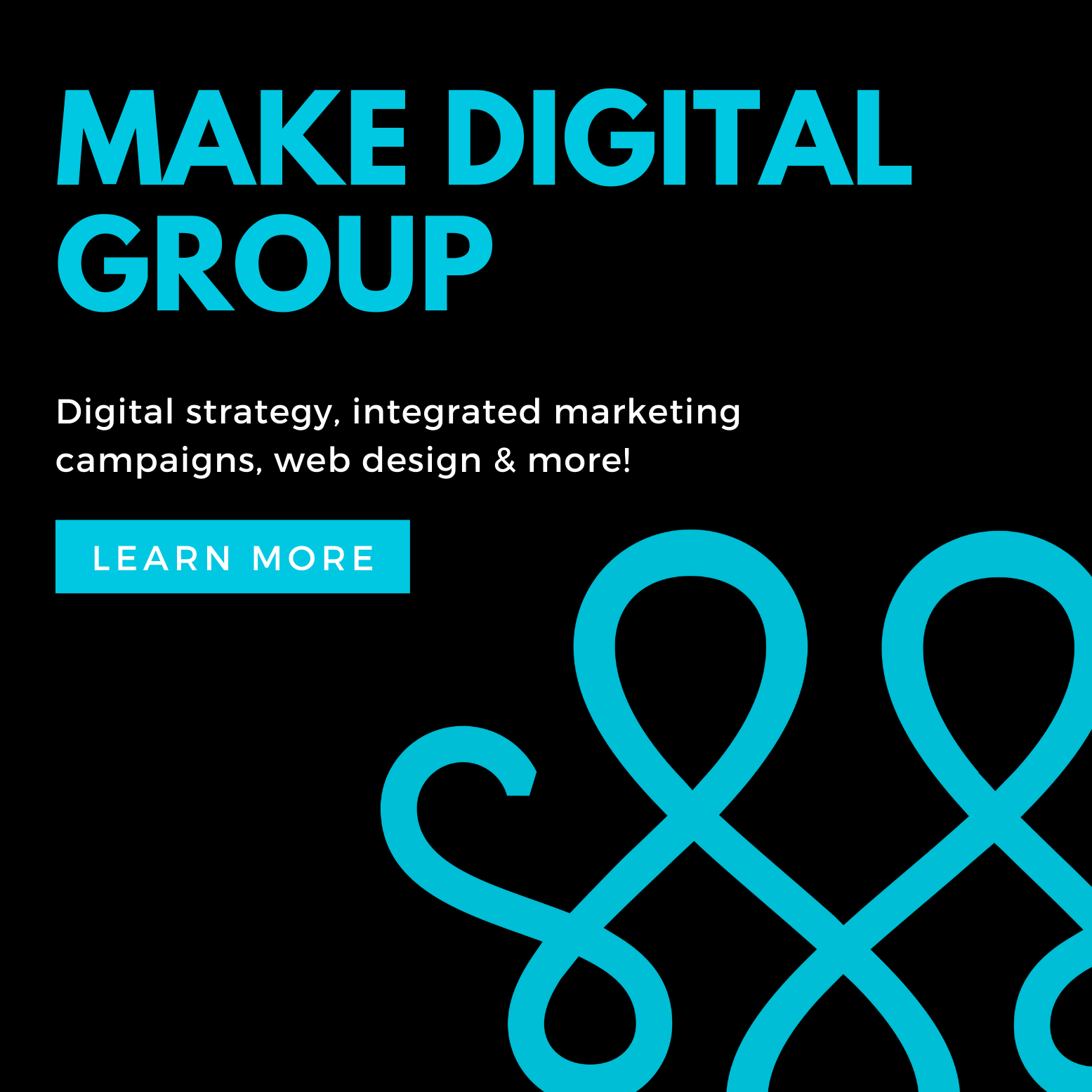“Two eyes are better than one.” We have heard this cliché all of our lives. Have we ever stopped to acknowledge how it impacts us?
This morning, I sent an email to a longtime client, and it bounced back. Huh? I double-checked the address, compared it against the one I had on file and the one from an email he sent me and couldn’t find an issue. So I emailed another person at the company, figuring it had changed. What the second set of eyes caught was that I had an extra letter. I must have looked at it five times, and my eye never caught it! The brain sees what it wants to see. Two eyes are better than one.
It made me think about how true this statement is and all the other times I should be using two eyes. Here are a few:
1. Proofreading.
2. Doctors’ opinions. (Doctors are not all created equally, believe me.)
3. Artwork. Some is literal, but if it isn’t, I always like to know what someone else sees.
4. Big decisions. We need to figure out if we have an internal bias clouding our perspective or if there are stones we have left unturned. Gather multiple opinions from those you work with. Expect opinions to differ. Your decisions will be enriched if you have considered multiple variables.
5. Strategy. Strategy involves a lot of big decisions and never enough facts; think of assembling a puzzle with a lot of pieces but no picture on the box. Looking at the facts you do have about the business is like putting the border of the puzzle together, but how do you combine the rest of the pieces in a way that makes sense?
There is always more than one option. Bounce ideas off colleagues, or hire an experienced strategist—someone who is an expert at putting pictures together. You don’t make these decisions often enough to risk it alone, and the decisions are really big! The biggest advantage I have seen here is that the brain sees the options that are already on the table. The second set of eyes notices opportunities you don’t see because you aren’t looking there or thinking about them!

